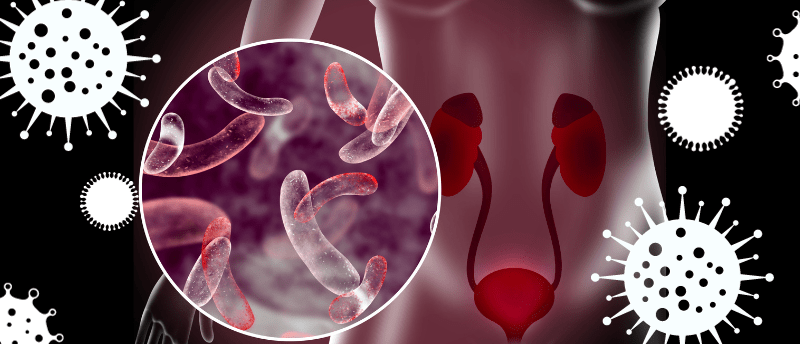Sophisticated artificial bladder model reveals cause of recurring UTIs

A novel 3D cell model has revealed that bacteria capable of hiding in the bladder wall may be a cause of ineffective diagnoses and treatment of UTIs.
Researchers from UCL (London, UK) have developed robust 3D microtissue cell models to mimic the biological environment and function of human bladder tissue to closely observe host-pathogen interactions in conditions that represent the human body more accurately than traditional models. Using these models, the team uncovered diverse species/strain-specific infection strategies and corresponding host responses that suggest the current ‘one size fits all’ approach to UTI treatment used by most healthcare systems is inadequate.
UTIs are one of the most common human bacterial infections, primarily affecting women. It is estimated that up to 40% of women will have a UTI at some time in their lives. Despite their prevalence, current treatment strategies leave much to be desired, with 25-30% of UTIs recurring within 6 months of treatment. UTIs have been historically underfunded and understudied; as such, there has been no improvement in anti-infective treatments for UTIs in almost a century.
The current standard for diagnoses is the midstream urine culture method (dipstick test). Though quick and inexpensive, this test is known to miss many infections. In addition, people with UTIs may inadvertently dilute the test when drinking more water to ease the discomfort of the infection, resulting in further inaccuracies.
Identifying the need for advanced human-derived models with which to better investigate UTIs, the researchers developed a robust 3D microtissue model that successfully recreated essential structures of the bladder and enabled an innate epithelial immune response.
 Scientists uncover L. reuteri‘s role in oxytocin secretion
Scientists uncover L. reuteri‘s role in oxytocin secretion
Scientists discover oxytocin is produced in the small intestine and that its secretion is mediated by the gut bacterium L. reuteri.
Using these models, the team exposed their innovative human microtissue urothelial model to six bacterial species commonly found in the bladder: Escherichia coli, Enterococcus faecalis, Pseudomonas aeruginosa, Proteus mirabilis, Streptococcus agalactiae and Klebsiella pneumoniae. They observed the progression of infection using confocal and scanning electron microscopy (SEM).
“Some species of both ‘good’ and ‘bad’ bugs formed pods within the bladder wall, most likely as a way of surviving in this harsh environment,” revealed Jennifer Rohn, senior author of the study, while commenting on the results of these investigations. “If this happens with a friendly bug, this isn’t a problem. But if the bug is causing an infection, this poses a serious problem for diagnosis and treatment because the bacteria aren’t necessarily going to be detected in a urine sample or be in a position where oral antibiotics can reach them.”
Another notable finding was that human cells were effective in differentiating ‘good’ from ‘bad’ bacteria, regardless, of whether they could invade the bladder wall. Unlike the ‘good’ bacteria that could invade the bladder wall without triggering an immune response, ‘bad’ bacteria triggered cytokine production and the shedding of the top layer of the bladder wall. This offers an alternative treatment approach where, “next-generation diagnostics for UTIs could focus on identifying ‘bad’ bugs based on how the body responds, rather than trying to spot the presence of problem bacteria among the background noise of the microbiome,” highlighted study first author, Carlos Flores.
As the findings suggest that effective UTI treatment may require the ability to penetrate human tissue, AtoCap (CA, USA), a UCL spin-out is currently developing ways to deliver drugs inside cells to target pathogens hiding there.
Carolyn Andrew, Director of the Chronic Urinary Tract Infection Campaign (CUTIC; London, UK), commented on the impact of the study, stating that: “this research has been instrumental in providing unequivocal evidence for our national campaign to improve testing and diagnosis of chronic, persistent UTIs. Professor Rohn’s work in this field is a vitally important step forward and should help tens of thousands of women in the UK to receive effective diagnosis and treatment of a chronic infection in their bladders.”